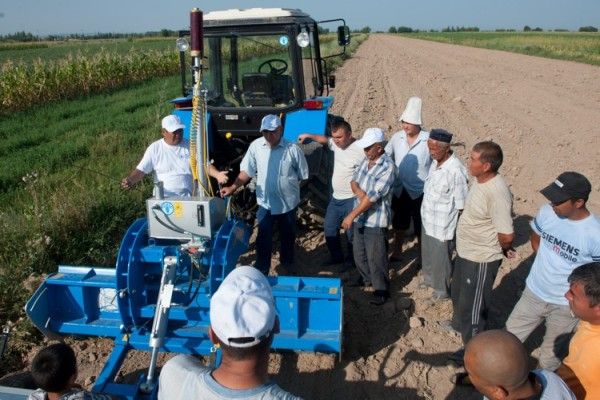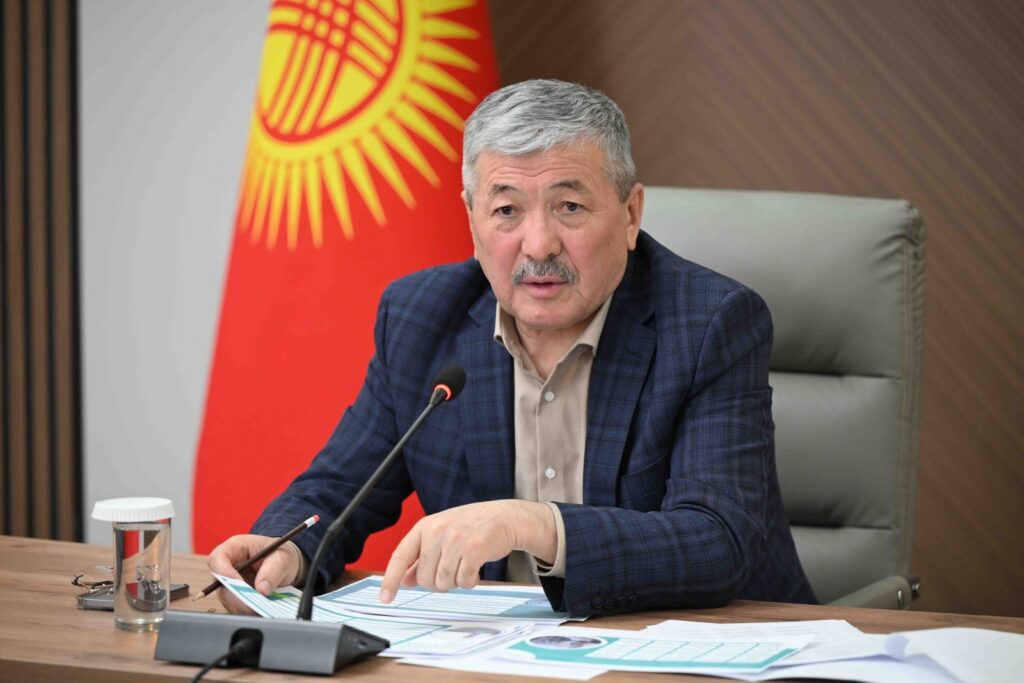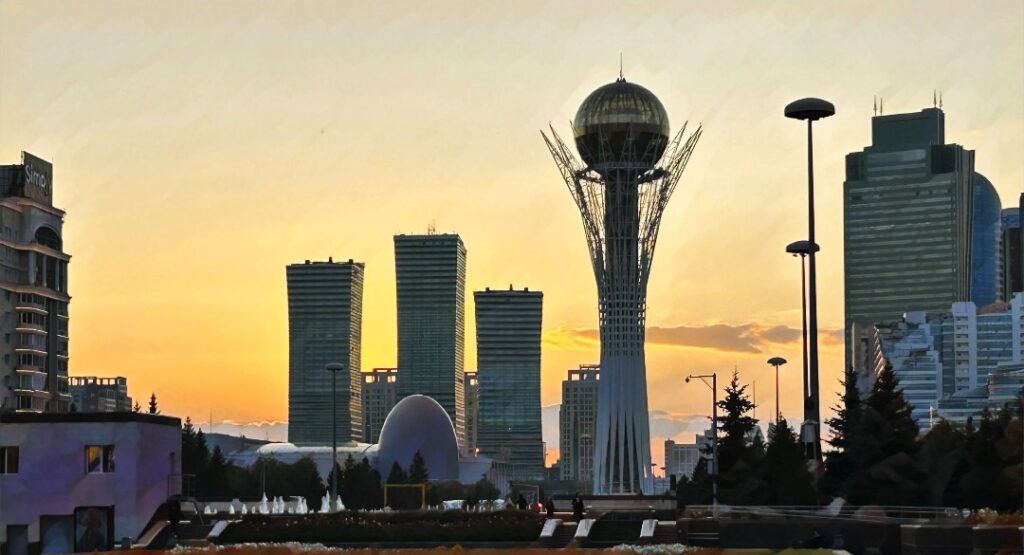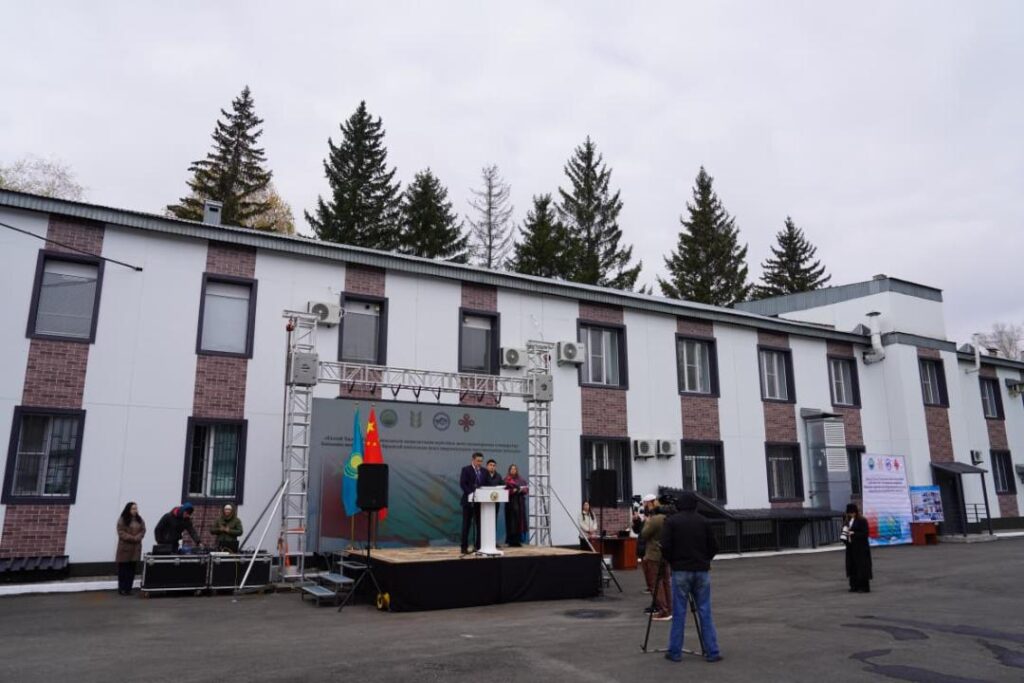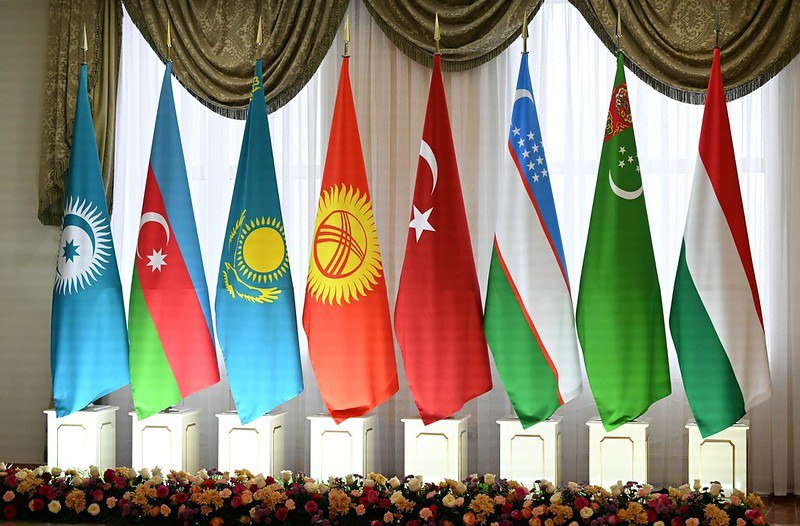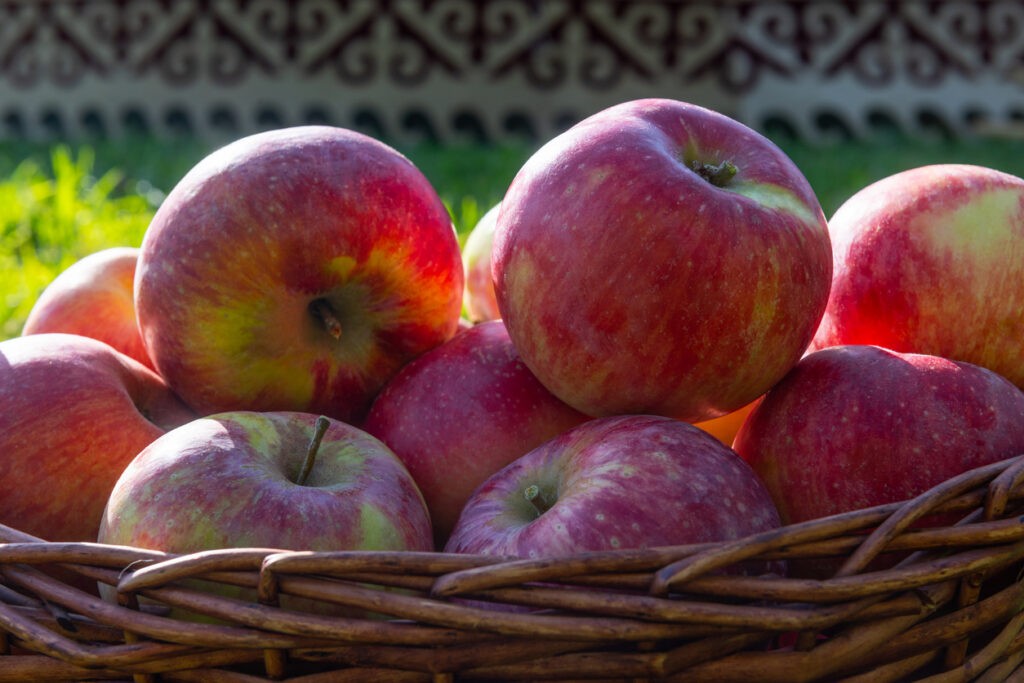BISHKEK (TCA) — Due to favorable weather conditions, spring field works began 15-20 days earlier than usual in Kyrgyzstan this year.
Crop areas have been increased by 4.6 thousand hectares in 2019 compared with 2018 and exceeded 1219.4 thousand hectares due to an expansion in grain crops — barley and legumes, as well as cotton and fodder crops, the Ministry of Agriculture, Food Industry and Land Reclamation of Kyrgyzstan reported. Kyrgyzstan is decreasing the area of unused arable land which is now 67.3 thousand hectares.
The sowing of spring wheat and barley has been completed by 45–50% in the Chui Oblast. In Issyk-Kul and Naryn oblasts where the climate is cooler, field work will begin in late March or early April, depending on weather conditions.
Farmers are reducing areas under low-profit crops and increase the area under export ones including tobacco, beet and perennial crops. The area under wheat crops will decrease by 28 thousand hectares to 241.5 thousand this year.
Agriculture Minister Nurbek Murashev suggested that farmers grow lentils, soybeans and peas this year, because these agricultural products are profitable. Soybean has a yield of 3.5 tons per hectare and one kilogram costs 100-150 soms ($1 equals 69.8 soms) in the market, the Minister said.
Unsold potatoes
Local farmers do not trust the Government after the sad story with unsold potatoes. Last year, Minister Murashev called farmers to sow potatoes because the Agriculture Ministry entered into an agreement with Uzbekistan to supply up to half a million tons of potatoes. Inspired by the Minister’s promises, some farmers harvested up to 100 tons of this vegetable, but still cannot find buyers at a reasonable price so far.
Last year, the neighboring country refused to import Kyrgyz potatoes. Although the agreement with Uzbekistan has recently been resumed, the farmers are not sure that they would be able to sell their product. Kyrgyzstan exported potatoes to Uzbekistan without any written agreements in 2016 and 2017, Murashev clarified at a recent press conference. The Ministry is now negotiating with Azerbaijan and Uzbekistan on the export of potatoes, he added.
The farmers of the Issyk-Kul province imported high-quality potato seeds and raised a good harvest last year. Although they had previously sold potatoes well, in 2018 the situation changed dramatically and most farmers have their potatoes in stock.
There are entrepreneurs who buy potatoes from farmers at a low price of 4-5 soms per kg. The farmers provided their calculations. They harvested an average of 15 tons per hectare, and it turns out that they can receive only 60 thousand soms for their product, while expenses on average reached 169 thousand soms. To plant potatoes, many farmers took loans. At the end of February, there were 70 thousand tons of unsold potatoes in the Issyk-Kul province alone.
The problem is not in the neighboring states that successfully protect their businesses, producers and economy as a whole. Kyrgyzstan’s officials can only state the number of products produced or the opening or closing of borders but they do not take any real action to protect domestic producers.
In this situation, the responsibility lies not only with the Agriculture Ministry, but also with other government agencies and the Government as a whole, the Association of Exporters and Importers of Kyrgyzstan believes. There is an urgent need to build logistics centers, storage rooms for potatoes and laboratories to promote exports.
Integration projects
The Eurasian Economic Commission is discussing proposals for the joint implementation of promising integration projects in the Eurasian Economic Union. It is planned to launch projects to build an effective management and financing system. The main initiator and participant of the projects will be the business community.
As the first possible projects in the agribusiness sector, it is planned to improve logistic and wholesale distribution mechanisms in the EEU internal trade in agricultural goods and foodstuffs.
To facilitate the entry of domestic products into foreign markets, four new phytosanitary laboratories were built and 18 veterinary laboratories updated in Kyrgyzstan’s regions in 2018. According to the Economy Ministry, there are seven trade and logistics centers, 216 vegetable stores, 87 slaughter shops, 266 greenhouses, 445 agricultural cooperatives, and 66 motor and tractor stations in the country.
Priority areas
In Kyrgyzstan, the share of agriculture in the GDP is decreasing every year, and it has decreased by 29% over the past 23 years. According to official data, the share of agriculture in GDP was 43.9% in 1996, and now it is 14.8%.
In 2019, in the framework of the Financing of Agriculture-7 project, the Kyrgyz Government identified eleven priority areas in agriculture, including dairy and animal products, fishery products, tobacco products, fruits and vegetables. Loans will be issued to farmers engaged in the production of these agricultural products.
The Finance Ministry of Kyrgyzstan concluded contracts with nine commercial banks worth 5.3 billion soms for the implementation of the Financing of agriculture project. Preferential loans will provide for the development of crop, livestock and agricultural processing.
Agricultural producers will be able to borrow at 6% per annum for the processing of agricultural products, at 8% — for gardening and intensive forestry, greenhouse management and the introduction of a drip irrigation system or purchasing breeding cattle or equipment for artificial insemination. A 10% loan can be obtained for the livestock and crop production industries.
Organic production
Kyrgyzstan’s farms use mainly organic fertilizers, while they use chemical fertilizers 10 to 50-fold less than farmers in developed countries.
From this point of view, Kyrgyz agriculture is in fact relatively green. However, this is due to the fact that agricultural production is more extensive than intensive, and extensive agricultural lands were distributed among small-scale farms. In this situation, agricultural yields remain low.
Organic agricultural products including environmentally friendly prunes, nuts, cotton, and potatoes are now grown on 7,000 hectares of land, First Deputy Prime Minister Kubatbek Boronov said.
The Government intends to annually increase the area of organic agriculture. “To this end, we, with the help of seminars and trainings, increase the education of farmers and develop a regulatory framework,” he added.
Kyrgyz farmers face the problem of selling the grown produce. Local agricultural producers cannot compete with foreign importers in the global market. The main reason is the lack of opportunities to provide a sufficient amount of products requested by international retail chains focused on organic products.
In Kyrgyzstan, there are market opportunities for processed and expensive domestically produced food products, the World Bank Report “Weak Growth Despite Emerging Regional Opportunities” stated.
The Government declared that its priorities for agriculture sector development will be promoting high-value agri-food production and organic agriculture, improving their quality and safety.
To realize these objectives, the WB recommended to expand markets for agri-food products and improve competitiveness, as well as to link small enterprises and farmers to market, and promote value addition. It is important to create an enabling business environment for agri-food production.
This approach would require more proactive government policies that would address constraints faced not only by farmers but also by agri-food processors and exporters. “In other words, addressing market failures along the entire food value chain. Doing so would help overcome the fragmented and small-scale structure of farms and agricultural firms, bringing the Kyrgyz agri-food sector to a new level of development,” the WB concluded.
